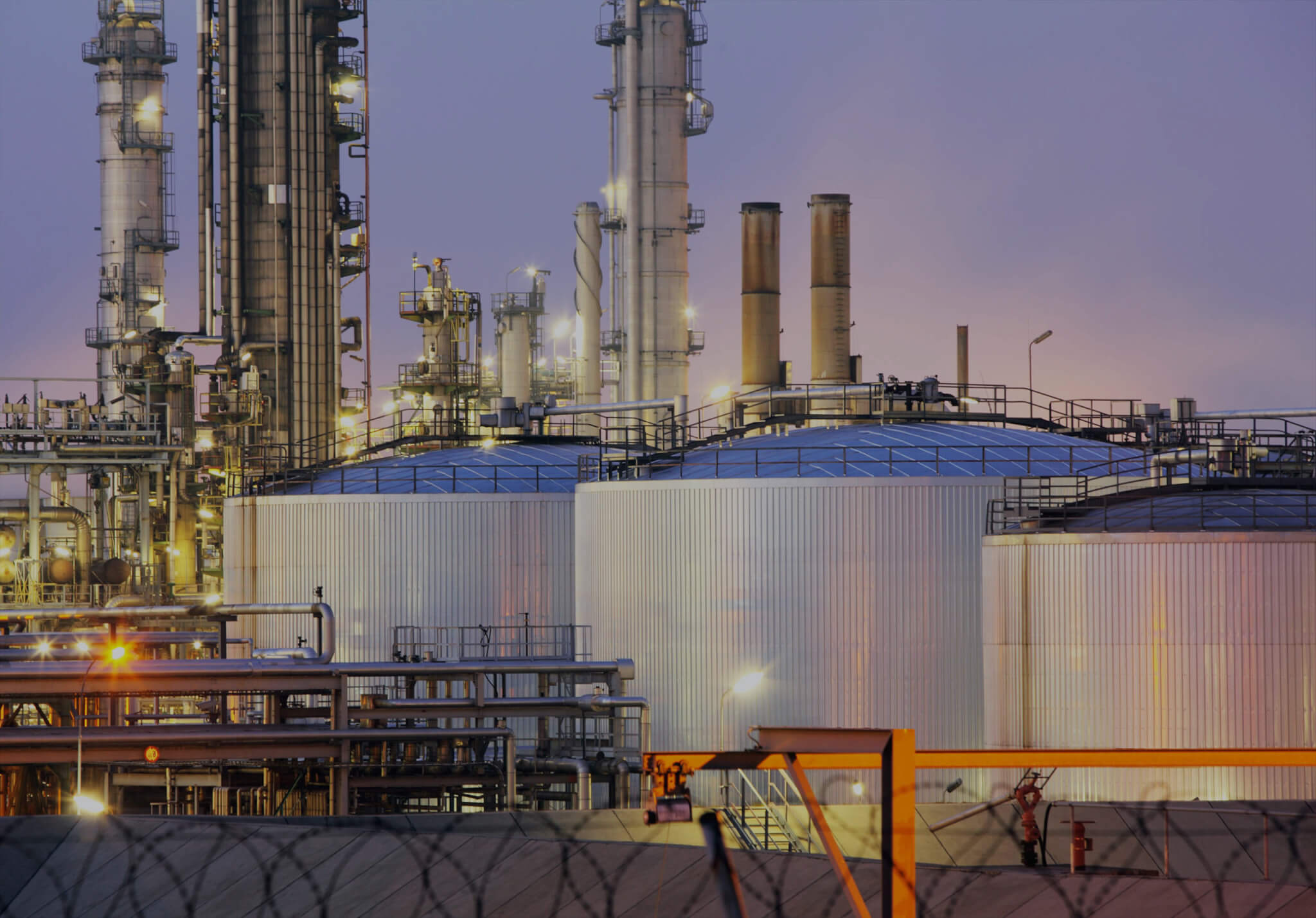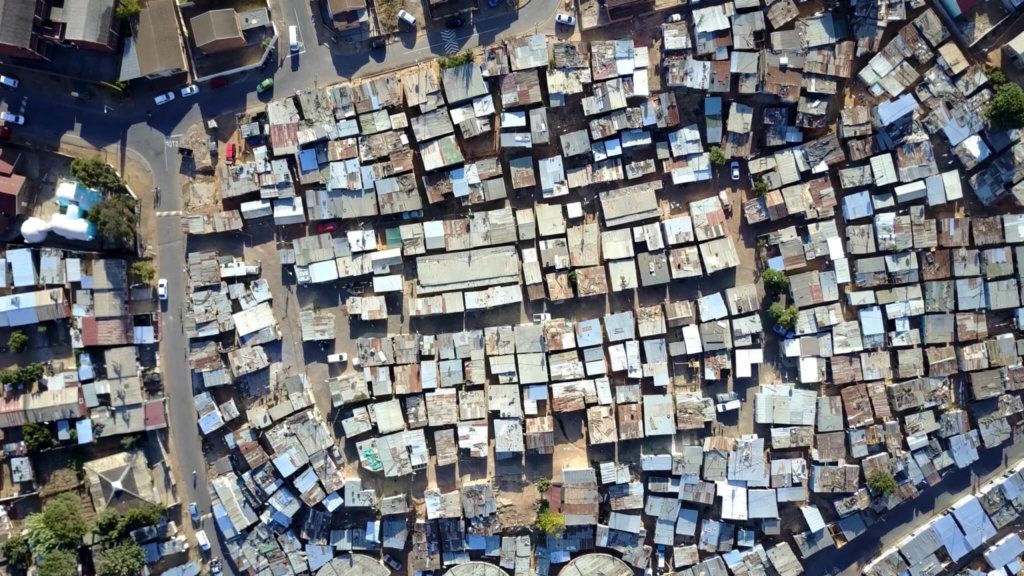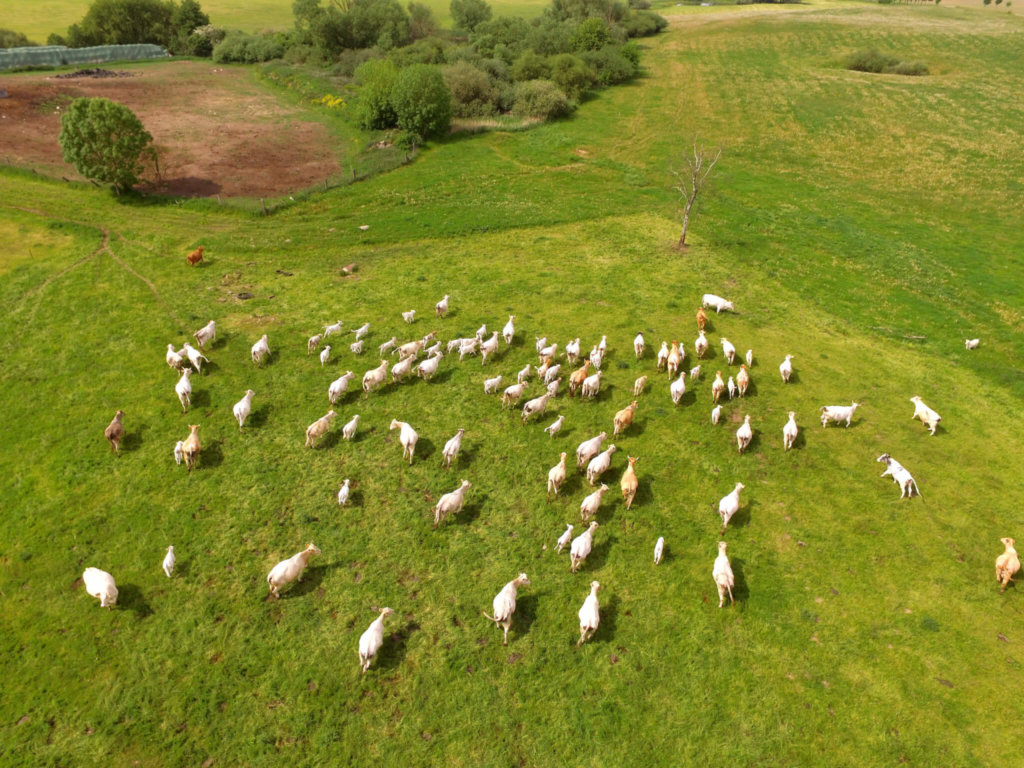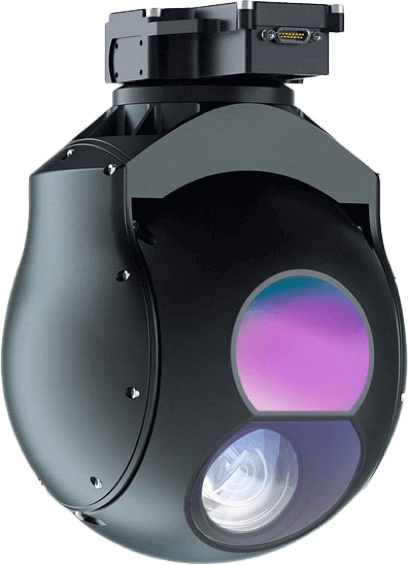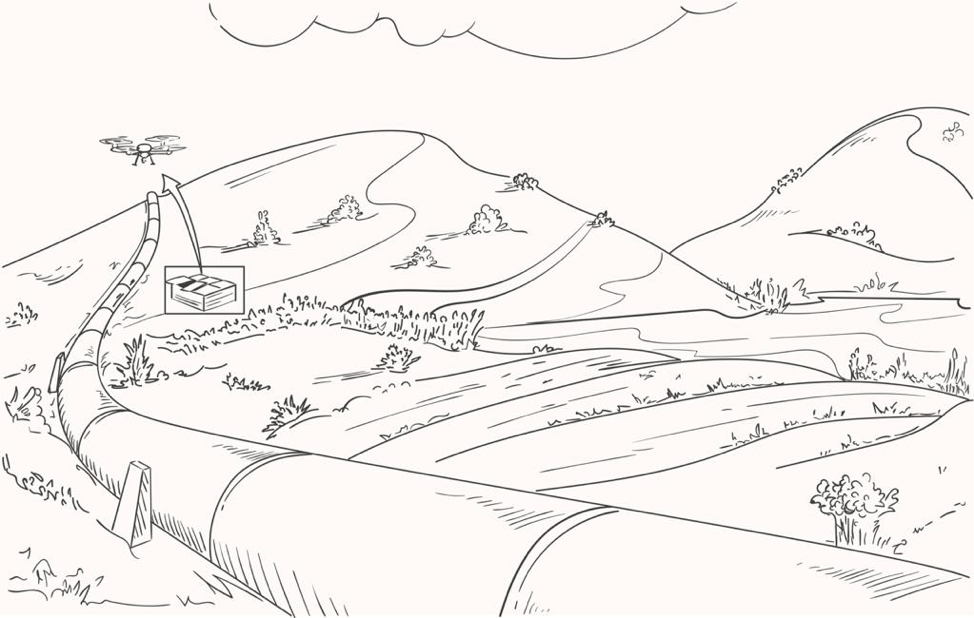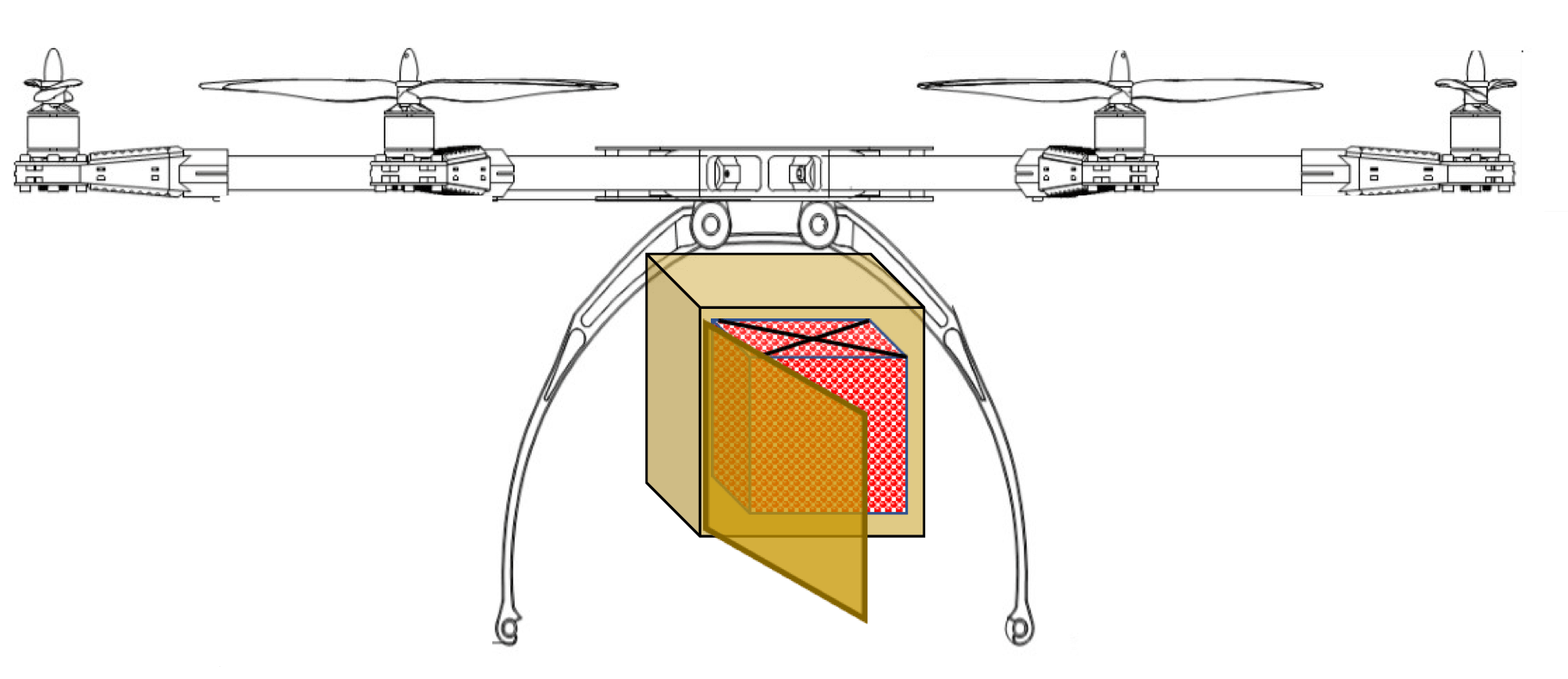Drones in construction
DRONES ARE BEING USED TO CAPTURE VIDEO FOOTAGE THAT SHOWS CONSTRUCTION PROGRESS AT THE SACRAMENTO KINGS’ NEW STADIUM IN CALIFORNIA.
“We highlight at-risk locations on a site, where the probability of having an issue is really high,”
Drones in construction
Such additional scrutiny is controversial. It raises worries over worker privacy, for instance, and fears that people may be encouraged to work excessive hours.
Golparvar-Fard concedes that this could be an issue, but he defends the idea. “It’s not new to the construction industry that there would either be people standing and observing operations, or that there would be fixed cameras,” he says. “Yes, making this autonomous has a different feeling for the workers. But you have to keep in mind that it’s not really questioning the efficiency of the workers, it’s questioning what resources these guys need to be more efficient.”
Such concerns aren’t slowing down development of the technology required for monitoring construction work. The falling cost of drone hardware and the availability of sophisticated control, navigation, and planning software have helped the aerial vehicles make a large impact on the agriculture industry already.
Monitoring activity across a large, complex construction site is particularly difficult because there are so many moving parts, and because the jobs being performed change frequently. A report published in 2009 by the National Research Council of the National Academies found that construction lags behind other industries such as manufacturing in terms of productivity, and blamed the situation on problems with planning, coӧrdination, and communication.
The software developed by the University of Illinois team can show how different subcontracting teams are working together.
Lincoln Wood, regional manager for virtual design and construction at Turner Construction, which is running the Sacramento project, says that while it is common to monitor progress closely, the near-real-time aerial images and software analysis being used there provides a more comprehensive picture of what’s going on, and can highlight how a slowdown in one area may affect the entire project.
“The nice thing about it is that it’s showing all the tasks in an area, so people are seeing the global impact,”
he says.
The software developed by Golparvar-Fard and his colleagues including Timothy Bretl, an associate professor of robotics, and Derek Hoiem, an associate professor of computer science, is also being used at a high-rise construction project in Arizona, and by Taisei, a large construction company in Japan.
The University of Illinois team is currently testing a system that will allow drones to attach cameras to locations across a building site, so that activity can be monitored continually. In experiments, they are also using a crowdsourcing platform to categorize workers’ activities in video footage. A manager can then see how different tasks are being performed overall, and how much time each individual is spending on a job.
(Also read: https://constructionreviewonline.com/2018/07/the-new-construction-site-boss-adopting-uav-technology-in-africa/)

